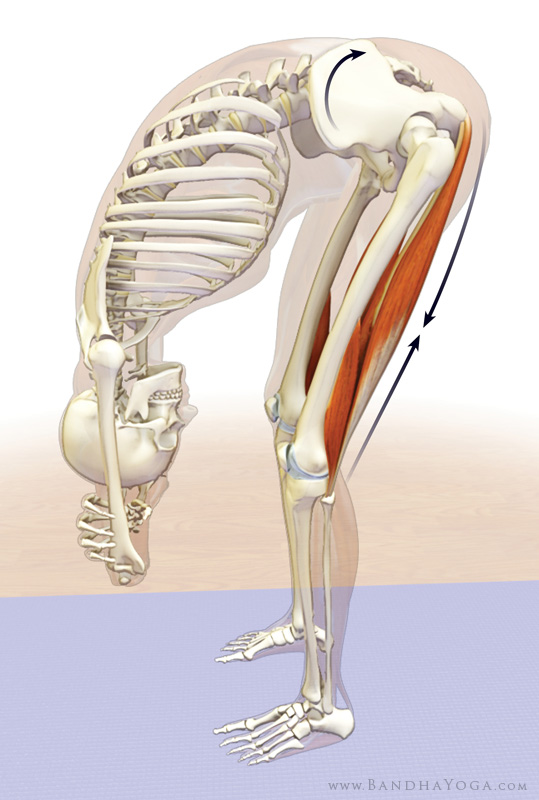
How many people think they have tight hamstrings? Ca'mon, raise your hands, I know you think your hammies are stiff. I hear this from my patients all the time. When I ask them to do multisegmental flexion (touch their toes) many will automatically say " I haven't been able to do that in years" or "my hammies are way too tight to do that!" I'm here to say that yes, some people can have a physiological contraction of sarcomeres causing a shortened resting position of the hamstrings, which is what we classify as a truly "tight" muscle. However, it is my contention through clinical observation that most of the time this is not the case. I know this because I am often able to change their ability to touch their toes in a single session...something I would never be able to do if they truly had physiologic hamstring shortening.
A few weeks ago I had the pleasure of meeting up with my friend Erson Religioso while he was teaching in Toronto. On the course we used PNF type movements of the anterior chain to help increase length of the posterior chain. Some might call this reciprocal inhibition, other might say it's simply a novel input to help reduce perceived threat thus allowing the nervous to relax it's hold on the hamstrings. I am more inclined to believe that latter.. my explanation for why the following manual technique and subsequent exercise works is by reducing threat. I believe that hamstrings are generally felt to be tight to protect the lumbar spine, as many people with "tight" hamstrings also suffer from low back pain. The nervous system deems maximal lumbar flexion to be threatening to the spine so it creates neurologically mediated tone of the hamstrings to prevent full lumbar flexion...all in an effort to "protect" it. This might be good for those with an acute symptomatic disc bulge, but for many it's overkill.
Here is a video demonstrating a pretty neat little technique you can readily do in the clinic to help ease tension in the hamstrings without having to stretch them (which might actually make the problem worse!).
If this technique works to help increase toe touch, the following home exercise is a fantastic way to help the patient maintain their newly found hamstring length...ahh the freedom!
Hope these tips help you in your clinical practice. Enjoy!
Interested in live cases where I apply this approach and integrate it with pain science, manual therapy, repeated motions, IASTM, with emphasis on patient education? Check out Modern Manual Therapy!
Keeping it Eclectic...














Post a Comment
Post a Comment